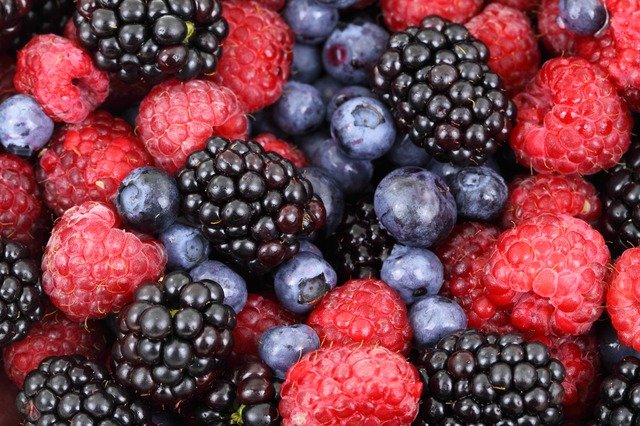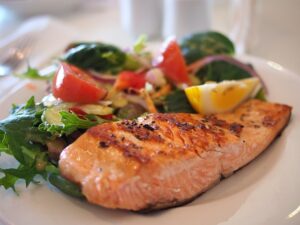Introduction
When it comes to maintaining a healthy diet, salads are often a popular choice. Packed with fresh vegetables, fruits, and sometimes even proteins, salads offer a nutritious and satisfying meal option. However, if you’re specifically looking to increase your protein intake, you may wonder how much protein is actually in a salad. In this article, we will explore the protein content of salads and discuss different factors that can affect the overall protein content.
Protein Content in Salad Ingredients
The protein content of a salad can vary depending on the ingredients used. Let’s take a closer look at some common salad ingredients and their protein content:
1. Leafy Greens: Leafy greens such as spinach, kale, and romaine lettuce are low in calories but relatively low in protein as well. On average, leafy greens contain around 1-2 grams of protein per cup.
2. Vegetables: Vegetables like broccoli, cauliflower, bell peppers, and cucumbers are commonly added to salads. While they offer various vitamins and minerals, their protein content is relatively low, ranging from 1-3 grams per cup.
3. Legumes: Adding legumes like chickpeas, black beans, or lentils to your salad can significantly increase its protein content. Legumes are an excellent plant-based protein source, providing around 15-20 grams of protein per cup.
4. Nuts and Seeds: Nuts and seeds are not only a great source of healthy fats but also contribute to the protein content of salads. For example, almonds contain about 6 grams of protein per ounce, while chia seeds offer around 4 grams of protein per ounce.
5. Tofu or Tempeh: If you prefer a vegetarian or vegan option, adding tofu or tempeh to your salad can provide a substantial amount of protein. Tofu contains approximately 10 grams of protein per 3.5 ounces, while tempeh offers around 20 grams of protein per 3.5 ounces.
6. Animal Proteins: If you include animal proteins like grilled chicken, shrimp, or salmon in your salad, the protein content will vary depending on the portion size. For example, a 3-ounce serving of grilled chicken breast can provide around 26 grams of protein.
Factors Affecting Protein Content
Apart from the ingredients used, there are a few other factors that can affect the protein content of a salad:
1. Portion Size: The amount of each ingredient used in a salad will determine its overall protein content. Adding larger portions of protein-rich ingredients like legumes or animal proteins will increase the protein content.
2. Dressings and Sauces: While dressings and sauces add flavor to salads, they may also contribute to the overall protein content. Creamy dressings like ranch or Caesar typically contain small amounts of protein, while yogurt-based dressings may offer slightly more.
3. Preparation Methods: The way ingredients are prepared can also affect their protein content. For example, raw vegetables generally retain more protein than cooked ones. Grilling or baking proteins like chicken or tofu can also impact their protein content slightly.
4. Additional Toppings: Toppings like grated cheese, croutons, or bacon bits can add flavor and texture to salads but may not significantly contribute to the protein content. These toppings are often higher in fat and calories than protein.
Conclusion
The protein content of a salad can vary depending on the ingredients used and the portion sizes. While leafy greens and most vegetables offer relatively low protein content, adding legumes, nuts, seeds, tofu, tempeh, or animal proteins can significantly increase the protein content of your salad. Additionally, factors such as portion sizes, dressings, preparation methods, and additional toppings can also affect the overall protein content. If you’re looking to increase your protein intake, consider incorporating protein-rich ingredients into your salads.
References
– Mayo Clinic: https://www.mayoclinic.org/
– USDA FoodData Central: https://fdc.nal.usda.gov/












